
An exhibition titled The Fine Art of Tapestry Weaving was held at the A.N.U. as part of the Tapestry 2008 Symposium. You can download a copy of the catalogue here.
I fell in love with this tapestry by Yasuko Fujino from Japan. Titled, Harmas de J.H. Fabre, a monumental 2 X 4 meter tapestry woven from an oil pastel drawing. Absolutely beautiful in it's subtle tonal changes, woven in yarns hand dyed by the artist.

Other artists included in the Exhibition were, Susan Martin-Maffei from the U.S.A.
Fiona Rutherford, England. Archie Brennan, U.S.A. Jane Kidd, Canada. Aino Kajaniemi, Finland.
Sue Lawty, England. Sara Lindsay, Australia, and Susan Mowatt from Scotland.
It is difficult to take in so much of the information that was given so generously by all of the speakers at the Symposium. This is an overview of the program.
Friday began with Annika Ekdahl who's amazing tapestries are often woven from images manipulated in Photoshop. It is well worth taking the time to read all of the pages on Annika's website. Be sure not to miss this fascinating interactive embroidered tablecloth that is exhibited with one of her tapestries.
Diana Wood- Conroy , an Australian tapestry weaver and archaeologist gave the most interesting and thought provoking paper on Tapestry as tesserae and fresco: the hidden weaves of Late Roman antiquity.
Fiona Rutherford spoke about the influence that traditional Japanese textiles and the designer Issey Miyake have had on her work. Fiona began a blog while in Australia and you can read it here
G.W. Bot, a Canberra based print maker, painter and sculptor, spoke about her work and a collaboration with the Victorian Tapestry Workshop, titled 'Glyphs' a large scale tapestry that measures 90 x 397 cm.
Nell also spoke about a collaboration with the Victorian Tapestry Workshop, titled "Let me put my love into you"
Sue Lawty gave a talk titled, Embedded and Released. Sue spoke about her inspiration drawn from the landscape, the influence of tapestries from the past and her Artist in Residency at the Victoria and Albert Museum. One of the tapestries that Sue exhibited at the Symposium was woven from lead and beaten flat. I am not too sure how toxic to the weaver this process would be?

Saturday began with Aino Kajaniemi. Subjects from the innermost heart ... a personal account of her work. Aino's tapestries are like diary pages. Beautiful soft and contemplative images of women. Telos have published a Portfolio of Aino's work, you can find more information here.
Brenda Goggs, A tapestry weaver based in Canberra spoke about Tapestry weaving .. a slow, self-absorbed, personal, space. You can read a transcript of the talk here.
Susan Mowatt gave an overview of Scottish tapestry and talked about the demise of tapestry weaving taught in Art Schools in Scotland.
Yasuko Fujino gave a spell binding account of her work. Tiny insect wings so fine in sett and woven on a traditional Japanese loom used to weave obi's.The tapestries were displayed in tiny glass fronted boxes with hinged lids.Yasuko brought with her some of her weaving tools. It is difficult to get a sense of the scale from the photo. The shuttle is only a few inches long, a tiny piece of rabbit fur stops the bobbin from unwinding too fast. The tiniest tapestry fork that I have ever seen, made so beautifully from timber and as smooth as silk.
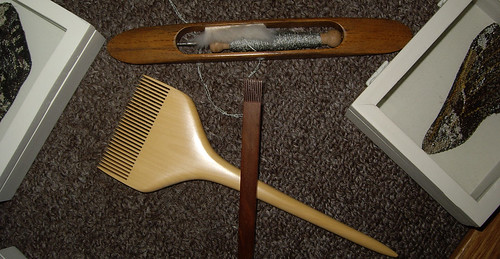
Jane Freear-Wyld, presented a paper titled, Digital technologies, the design process and tapestry weaving: from the ordinary to the extra-ordinary. You can read a transcript here. For more information on Digital Manipulation of images by Jane here.
Kirsty Darlston The Loom as a Stage for Performing Community History. An account of Community Tapestry. You can read a transcript here.
Carol Cassidy gave an inspiring insight into silk tapestry weaving in Lao.Carol also gave a presentation on the Wednesday about a project that she has become involved in in Cambodia. Set up to try to give an incredibly remote village a sustainable cottage industry and a sense of independence and hope in such an impoverished community. Many of the women have been the victims of land mines and have no prosthesis limbs. Looms have been adapted for use by these weavers.I was so inspired by Carols words and have thought often about this community, worlds apart from what we take for granted in our lives in the West.
Jane Kidd, To Practice in the Middle: A Craft / Art Dialogue, An informative talk about this well known Canadian tapestry weaver. You can read a transcript here.
Nancy Arthur Hoskins, Coptic fabrics and the Fauves, you can read the transcript here.
The day ended with a round table discussion on the practice of tapestry weaving as a fine art in todays modern world. The comments made that resonated to me the most is the demise of tapestry now taught in Art Institutions. Edinburgh College of Art no longer teaches tapestry weaving. Monash University here in Australia has closed the tapestry department, which was supported by the Victorian Tapestry Workshop. Other Eduction Institutions here also no longer teach tapestry. One of the few remaining places that you can study tapestry is South West Institute of Tafe, Warrnambool, Australia. The Diploma of Art Tapestry, is delivered off campus and has students world wide. If you think that it would be impossible to learn tapestry by correspondence I am here to tell you that it IS possible. All the work that you see here on my blog is actually my tapestry and research drawing and design assignments! All my progress reports to my lecturers are posted here and I no longer need to mail them. My only reason for beginning this blog was to give easy access to my assignment as my emails with attachments were not getting through to Tafe. Maybe I can inspire more people with an interest in tapestry to consider correspondences learning? There were very few young weavers at the Symposium. I would not like to calculate what would be the average age of a tapestry weaver these days? The slow process of weaving tapestry in todays fast world does not seem to appeal to the younger age group.
Sunday brought a seminar on Developing Professional Skills and a wonderful afternoon with presentations on Community Tapestry in Australia given by Marie Cook, Kaye Lawrence, Cresside Collette and Kirsty Darlston. It was fascinating to see so many different community projects that have been achieved over the years. Tapestry is time consuming and expensive to produce, the idea of giving your time and producing something that will enrich your community is appealing. Cresside spoke about the Tree of Life tapestry woven at R.M.I.T. you can read a blog about the production of this monumental scale tapestry here
Valerie Kirk has written a summary of the Symposium and the tapestry 2008 blog is still being updated, you can visit here.
Congratulations to Valerie Kirk, Monique Van-Nieuwland and everyone involved with the mammoth task of organizing the Symposium.
While at the Symposium I had the wonderful opportunity of seeing Valerie Kirks Nobel Prize Tapestries.
Valerie had given such an informative presentation about the background of the prize winners and the design process of each of the tapestries in Warrnambool at Celebrate Tapestry in 2006.
Parliament House in Canberra
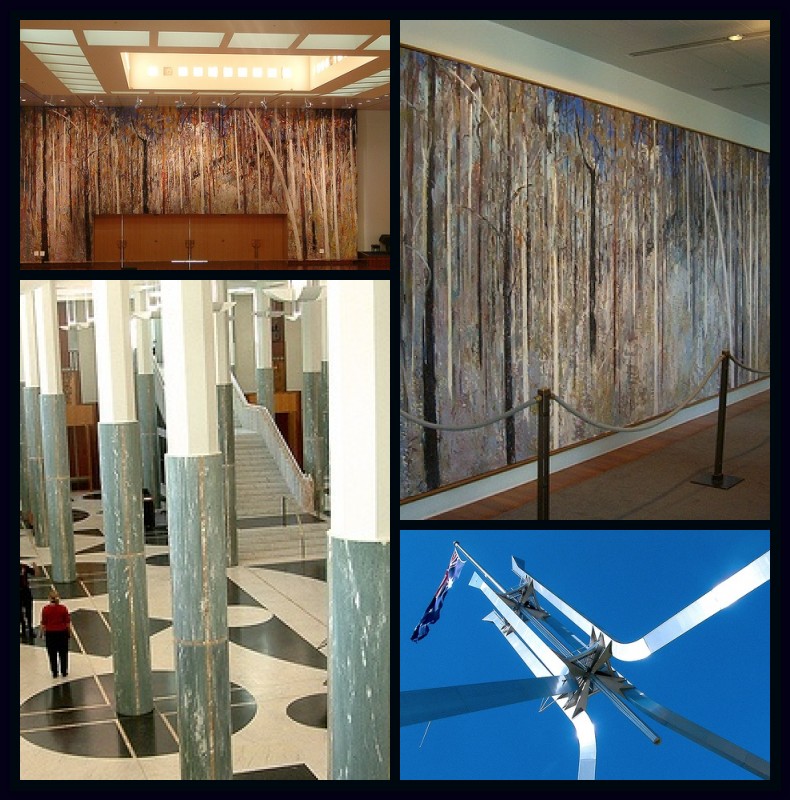
1. Boyd backdrop, 2. Petrified forest, 3. Arthur Boyd Painting The Great Hall Tapestry's Based On, 4. Mine's bigger than yours!
If you click here it will take you to one of the best photos that I have seen of the Arthur Boyd tapestry at Parliament House in Canberra. Believed to be the second largest tapestry in the world.

1. www.flickr.com/photos/attraversolospecchio/2085587341/, 2. The Australian Parliament, Canberra, 3. Parliament House... Sort Of, 4. CIMG2451p
Parliament House in Canberra is the most amazing building. The week after I left Canberra it celebrated its 20th anniversary. Every part of this building has the mark of an artisan. Timbers from all over the country, commissioned artworks at every turn. This building is a monument to all of Australia.
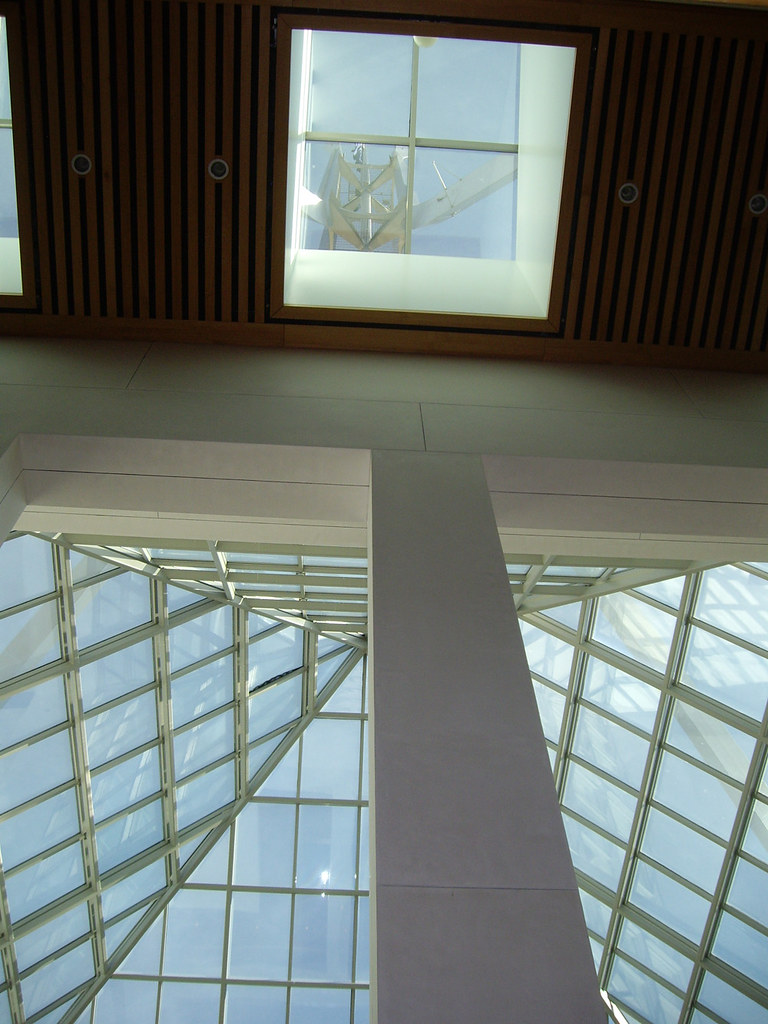
You can only JUST see the Australian flag at the top of the flagpole from the inside of Parliament House in this photo.
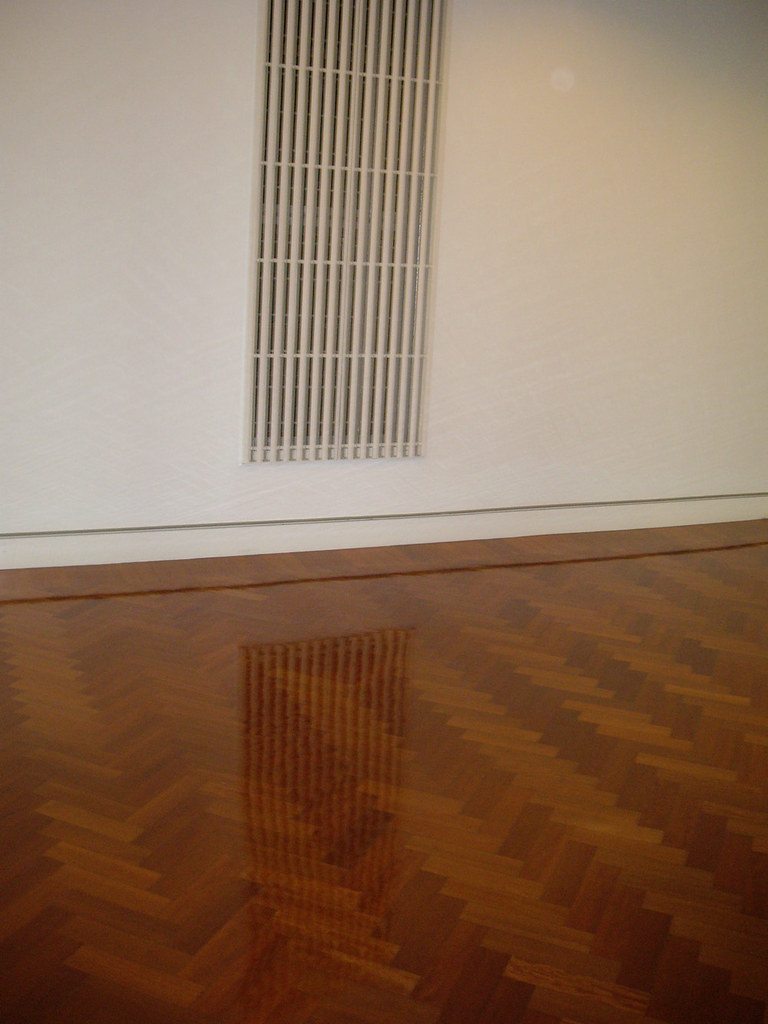
I think that this is the cleanest building in Australia! There is something to see at every turn.
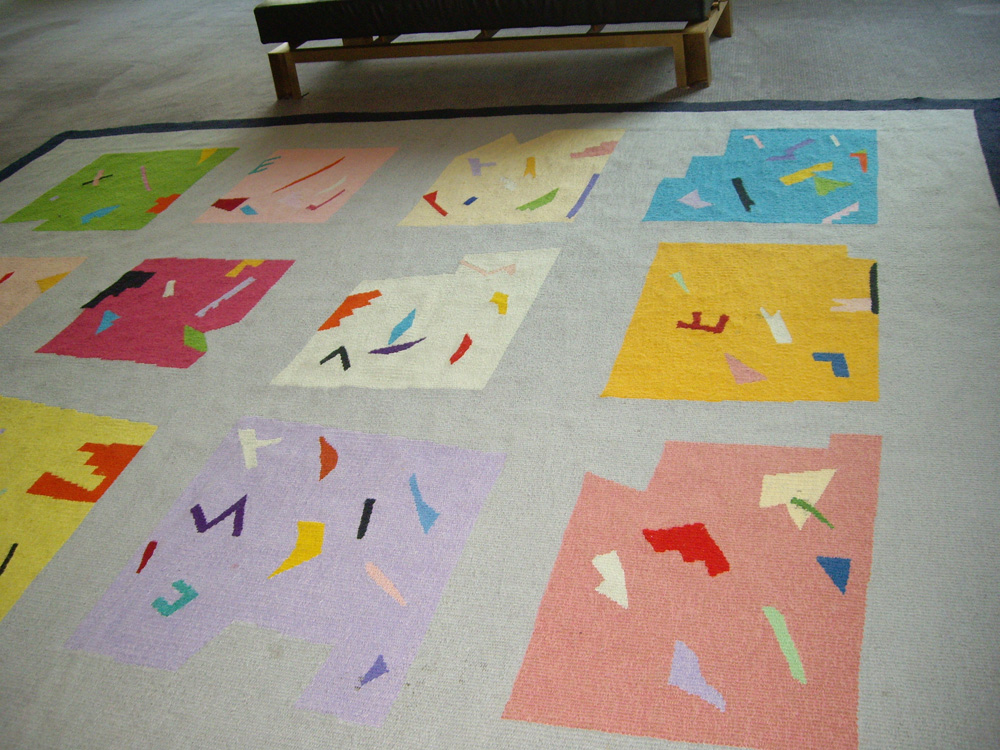
A tapestry was commissioned from Liz Nettelton to be used as a floor rug. Twenty years later the tapestry is still in perfect condition.
During my time in Canberra I stayed with Ruth, Daisy and Rosie. Thanks for the wonderful hospitality , great company and conversation!
After all of that do you think that I should have a hangover??
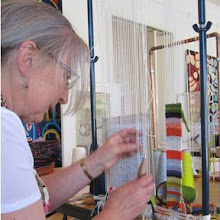


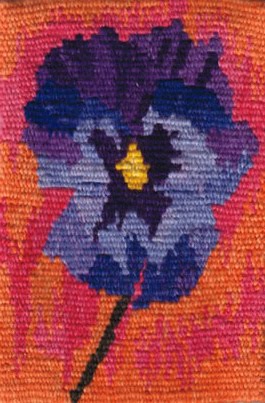



Wow! I almost get a hangover just reading about it! I will be back to go to all of your links. Thanks so much for sharing this with those of us who couldn't go!
ReplyDeleteKathy, I think that I still have that hangover! It is worth reading the transcripts they were most interesting. Debbie.
ReplyDeleteWe just bumped into our site when we noticed you used one of our picture... this was our first meeting with tapestry art, must admit there's nice one in Canberra... didn't know! Thanks!!
ReplyDelete